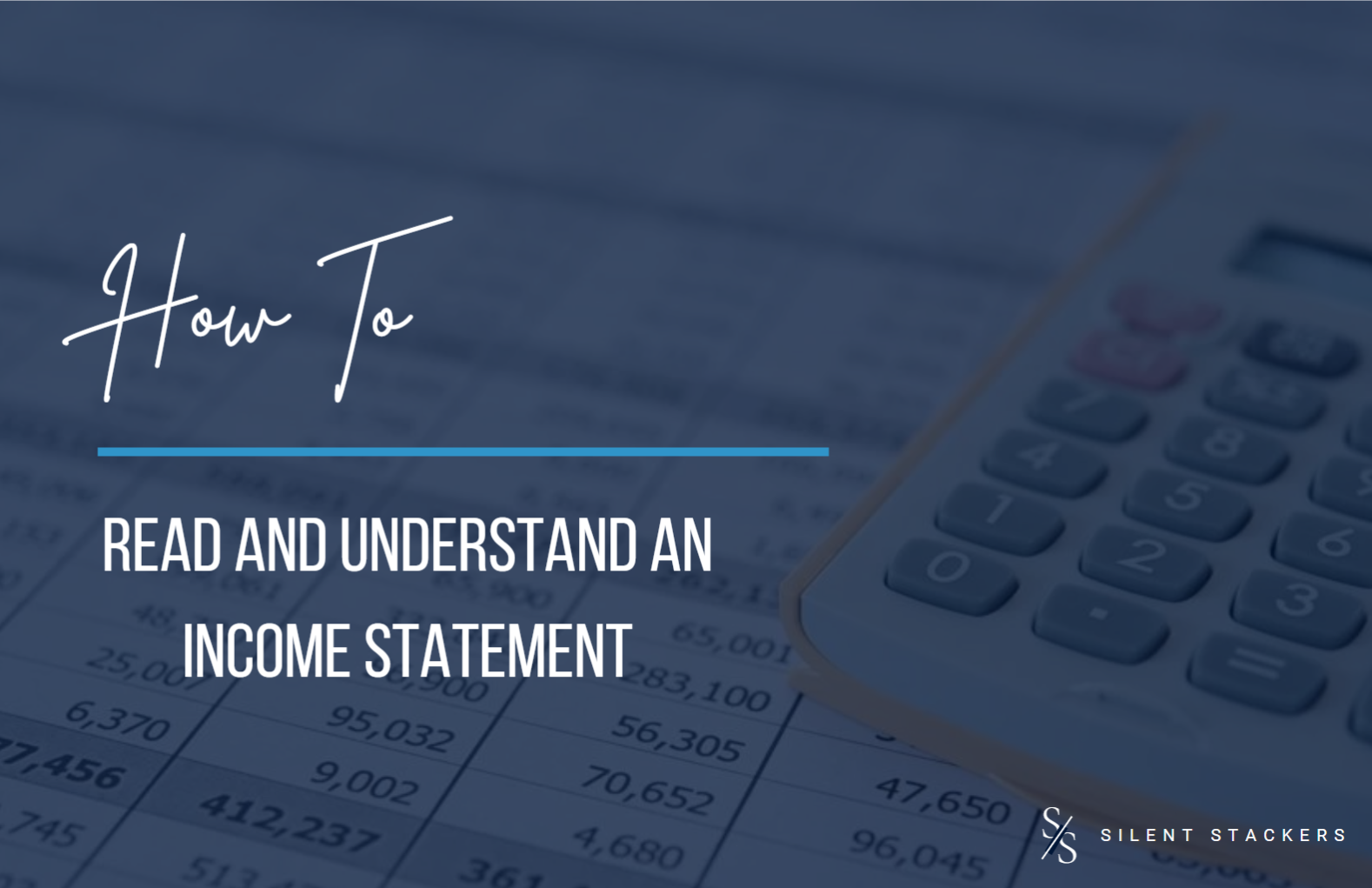In addition to the balance sheet and cash flow statement, the income statement is one of the three most important financial statements business owners, and stockholders need to make appropriate decisions. Therefore, understanding how to read an income statement is essential. Income statements offer key insights into three crucial financial segments of a business, including:
- Revenue
- Operating expenses
- Cost of sales
Ultimately, an income statement shows a net income or loss over a specified period of time. While the purpose of an income statement is simple, the sections and contents of this report may not be as easy to understand. Here is what you need to know.
Two Common Formats
You can typically find income statements in one of two formats: multi-step or single-step. Multi-step income statements present four key measures of profitability: gross income, operating income, pretax income, and net income. In contrast, single-step formats don’t explicitly show gross and operating income; instead, you can calculate these figures from other data in the report.
Accounts On A Multi-Step Format
Knowing what each section or account on an income statement means is essential to understanding the income statement as a whole. These accounts show the flow of money coming into and going out of a business. The three equations used for a multi-step income statement are
- Gross Profit = Net Sales – Cost Of Goods Sold
- Operating Income = Gross Profit – Operating Expenses
- Net Income = Operating Income + Non-Operating Items
Net Sales
Net sales reflect the value of a company’s sales of goods and services. This figure marks the beginning of the revenue process, demonstrating how much money flows into the business. Ultimately, net sales represent the income a business generates before accounting for taxes, expenses, and other costs.
Cost Of Sales
A company lists the costs of its sales as COGS, or cost of goods sold, on an income statement. While the title focuses on “goods,” it also applies to services. Depending on the type of business, the cost of sales may include expenses related to:
- Raw materials
- Labor
- Depreciation expenses
- The purchase cost of merchandise
- Manufacturing overhead
- Costs of rendered services
- And others
Gross Profit
Gross profit may also be stated as “gross income” or “gross margin.” This section of an income statement is calculated by subtracting all costs related to selling and manufacturing from the profits a business makes. Essentially, it is the difference between the net sales and the cost of goods sold.
Selling, General, And Administrative Expenses
On an income statement, companies typically list selling, general, and administrative expenses as SG&A. This figure reflects operational costs, including marketing expenses, computer equipment, employee benefits, salaries, distribution costs, and other expenses related to running the business. SG&A expenses offer a snapshot of how effectively and efficiently management operates the company.
Operating Income
Deducting SG&A from gross profit gives you a company’s operating income, which represents gross profit minus SG&A. Financial analysts often use this figure to assess a company’s financial health. This information is considered more reliable because it reflects earnings before accounting for any non-operating costs and income.
Interest Expense
When a company borrows money, it must repay the borrowed amount plus interest. On an income statement, it categorizes interest on borrowed funds as an expense. The statement shows the net value of paid interest, and it also includes interest income from investments.
Pretax Income
Pretax income indicates a company’s profitability by showing the income earned before accounting for income tax expenses. Analysts often use this figure to assess a company’s profitability. It’s essential because companies employ various techniques to minimize the impact of taxes on their income statements.
Income Taxes
When an income statement is constructed, income taxes have not yet been paid. However, companies produce a calculated estimate to cover the amount they plan on paying.
Extraordinary Expenses And Special Items
There are many different things that can occur to cause occasional or irregular expenses against the income of a company. These items are nonrecurring and are sometimes recorded as restructuring charges or discontinued operations. Essentially, these write-offs are one-time events.
Net Income
Net income represents the bottom line of the income statement and is one of the most commonly used indicators of a company’s profitability. This figure reflects net sales minus all expenses. If a company spends less on expenses than it earns, it is considered profitable; however, if it spends more than it earns, it faces a deficit.
What Is Different On A Single-Step Income Statement Format
Both income statement formats provide similar information, but they do so differently. For instance, a single-step format does not include a section labeled “cost of sales.” Instead, it lists all of a company’s expenses under different categories. Here’s the breakdown of a single-step income statement:
- Net Sales
- Materials And Production
- Marketing And Administrative
- Research And Development Expenses
- Other Income And Expenses
- Pretax Income
- Taxes
- Net Income
Single-step income statements provide a simple report of a company’s profit using only a single equation to produce the net income value. Conversely, the multi-step income statement follows a three-step process.
The equation for a single-step income statement is:
Net Income = (Revenue + Gains) – (Expenses + Losses)
Which Is Better?
Single-step income statements are easier to prepare and easier to read. This type of income statement is typically best-suited for smaller businesses trying to paint a simple and straightforward picture of whether a company is profitable.
Multi-step income statements offer greater detail on revenue and expenses. They also report both gross profit and operating income. With this comprehensive information, multi-step income statements serve larger companies with complex structures and those with stockholders much better.







